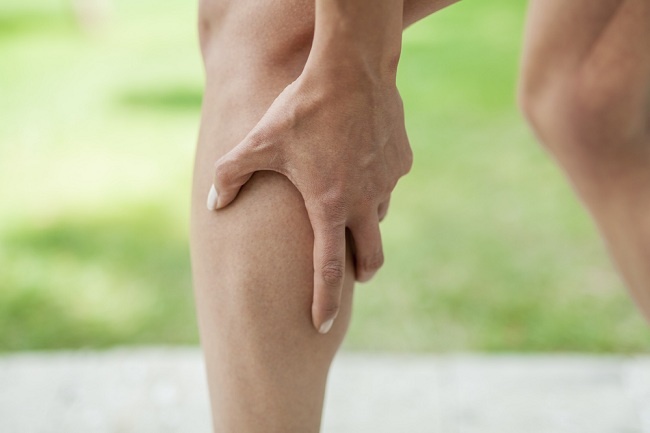Knee arthritis is one of the most common conditions. Arthritis in the medical world is known as osteoarthritis. This disease occurs in the protective cartilage, which is the part of the bone that is often used for movement.
Knee arthritis is a condition that is closely related to age. As a person ages, the knee joint will be used more and more often. This can increase the risk of developing knee arthritis.

However, knee arthritis can also occur in a young person due to genetic factors, infection, being overweight, or an injury to the knee.
Recognizing the Symptoms of Knee Arthritis
The following are symptoms that arise when there is inflammation of the knee joint.
1. Swelling of the knee
The initial symptom of knee arthritis is inflammation which is characterized by the accumulation of fluid so that the knee swells, hurts when pressed, the skin in the knee area is red, and feels warm to the touch.
This swelling occurs when the knee is not active for a long time, for example after waking up. If this complaint has been going on for a long time, it will usually be difficult to treat with anti-inflammatory drugs or over-the-counter drugs that require immediate treatment by a doctor.
2. Knee muscles weaken
Another symptom of knee arthritis is that the knee muscles become weak and the joint structure begins to become unstable. This part of the knee joint can be difficult to move at any time, either straightened or bent. These symptoms cannot be ascertained when they appear and can occur suddenly.
3. The shape of the knee changes
Knee arthritis often causes changes in the shape of the knee area, which looks like a depression due to weakening of the muscles in that area. Many people are not aware of this change in the shape of the knee until the arthritis has entered a more severe stage.
4. Knees make a sound when moved
Knee making noise when moved is a sign that the joint has lost cartilage. This is because the function of cartilage is to help smooth body movement.
A popping sound is a sign that your joint is moving on a rough surface and it only occurs in people with knee arthritis.
5. Knees are difficult to move
When you have osteoarthritis or arthritis, it becomes difficult for you to move. It can also occur in inflammatory conditions of the knee joint. Bending the knee or walking will be difficult.
The knee condition is related to cartilage that no longer functions normally. Over time, this condition can get worse and the knee will become more difficult or even impossible to move. As a result, you have to use assistive devices such as a cane or a wheelchair to move around.
Mild knee arthritis can be treated with pain relievers, such as paracetamol. Handling at home such as resting, giving cold compresses accompanied by warm compresses on painful knees, and maintaining an ideal body weight can also relieve symptoms.
To deal with severe knee arthritis, you need to immediately consult a doctor to get the right treatment. After the doctor conducts an examination, further treatment such as physiotherapy to surgery may be needed to treat knee arthritis.









